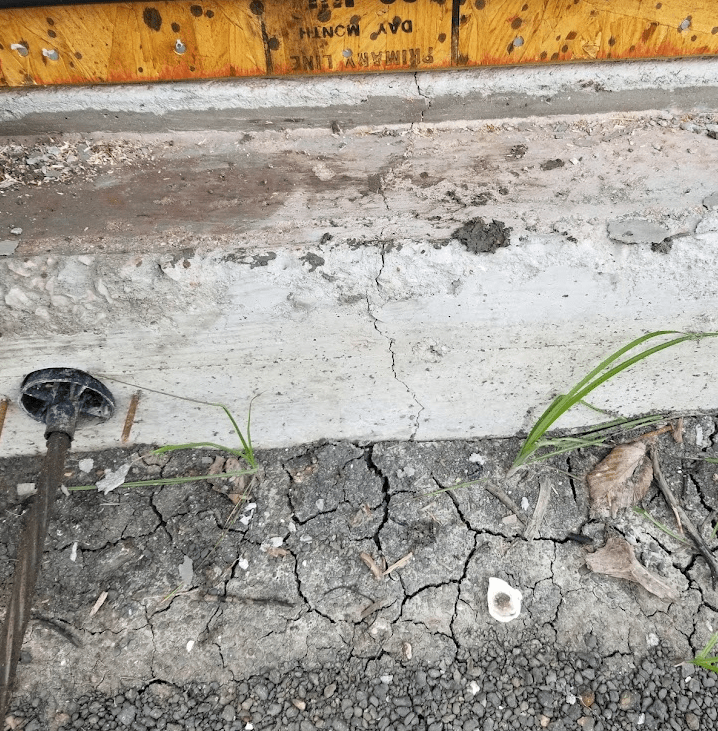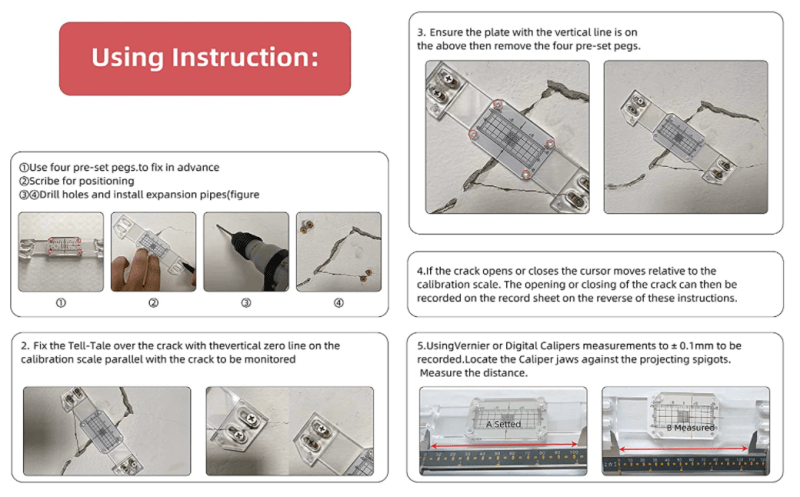Hello all,
My in-laws are having a home built that is under construction, with framing, plumbing & roof completed & windows & doors installed. It was noticed during a 3rd party inspection that it appeared that post-tensioning of the slab was never done. In digging into it, this was confirmed. A couple of days ago my wife was doing a walk-through and noticed a significant crack. She posted this issue here, which includes pictures. She went back today and swears that the crack has gotten wider
She's made calls today trying to line up an independent PE to provide an analysis, not trusting the one that the GC will line up. The GC is rushing to get this behind him and continue on and let her know this evening that he has lined up tensioners for tomorrow. Obviously time is of the essence for us, and I wish I had posted this here earlier, but things are moving very quickly, so better late than never.
Primary question: Can this oversight be properly corrected? What issues might arise in the future if the GC gets his way with tensioning it now and continuing on?
thanks.
My in-laws are having a home built that is under construction, with framing, plumbing & roof completed & windows & doors installed. It was noticed during a 3rd party inspection that it appeared that post-tensioning of the slab was never done. In digging into it, this was confirmed. A couple of days ago my wife was doing a walk-through and noticed a significant crack. She posted this issue here, which includes pictures. She went back today and swears that the crack has gotten wider
She's made calls today trying to line up an independent PE to provide an analysis, not trusting the one that the GC will line up. The GC is rushing to get this behind him and continue on and let her know this evening that he has lined up tensioners for tomorrow. Obviously time is of the essence for us, and I wish I had posted this here earlier, but things are moving very quickly, so better late than never.
Primary question: Can this oversight be properly corrected? What issues might arise in the future if the GC gets his way with tensioning it now and continuing on?
thanks.


